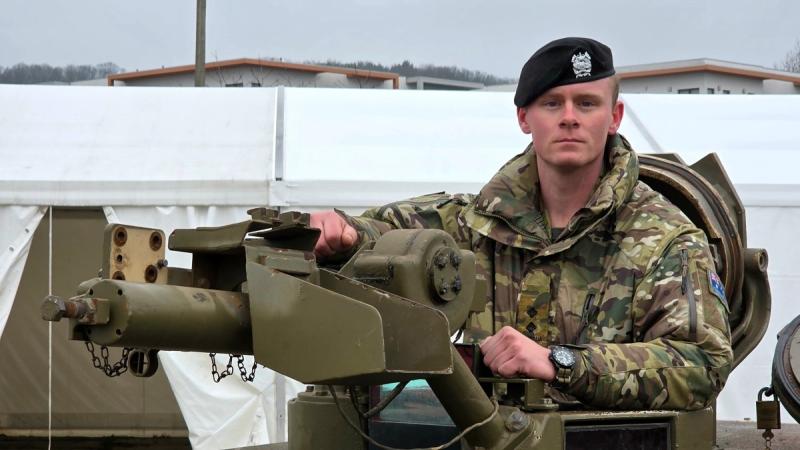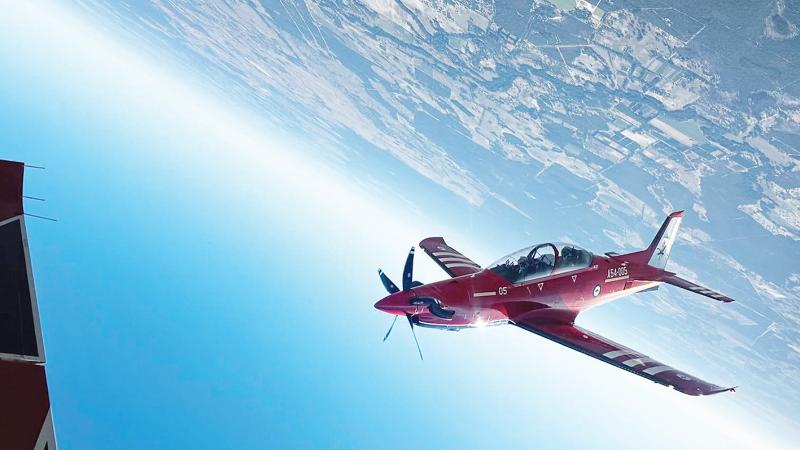19 July 2025
One of the most crucial aspects of multi-national interoperability is a common understanding of the weapons, equipment and techniques of partner nations.
While the headquarters elements of the Amphibious Task Group 1 (ATG1) coordinated the upcoming activities during the transit from Cowley Beach to Bowen, the embarked Australian Army and the Japan Ground Self-Defense Forces (JGSDF) came together on the light vehicle deck of HMAS Canberra to showcase their different capabilities.
Soldiers, marines and officers shared weapons, techniques, capability and a few laughs, that culminated in a leopard-crawl race across the deck.
Providing insight into what an Australian standard infantry battalion (SIB) carries, Alpha Company, 1st Battalion, the Royal Australian Regiment (1RAR) were eager to showcase their weapon systems to their international counterparts.
JGSDF soldiers inspected the Australian Minimi Light Support Weapon, General Support Machine Gun MAG 58, MDFSW 84, M72A6 LDFSW 66, and the EF88 Austeyr with SL40s attachment.
1RAR’s Direct Fire Support Weapons platoon introduced their heavy-weapons capability, which included the anti-armour Carl Gustav 84-millimetre recoilless rifle, the GSMG Mag-58 and HMG 12.7-millimetre machine guns (also known as a 50-Calibre) capable of firing armour-piercing rounds.
Private Harrison Swan, 1RAR, observed that the Japanese also operated the 84-millimetre Carl Gustav.
“I think it’s interesting to see that we are using the same weapon systems, there’s a lot of similarities but a lot we can learn from each other,” he said.
1RAR’s mortar platoon explained the ranging controls of their weapons systems, complementing the battalion’s display of combat first aid kits, sniper rifles and other specialised gear.
'I think it’s interesting to see that we are using the same weapon systems, there’s a lot of similarities but a lot we can learn from each other.'
Sappers from the embarked elements from 3rd Combat Engineer Regiment demonstrated their specialist breaching equipment, demolitions and high-risk search equipment.
These included a wide array of equipment that allows the combat engineers to support manoeuvre elements through the battle space.
Despite all the hardware, the unchallenged fan-favourite of the day was Charlie the Explosives Detection Dog, who enjoyed pats and games of tug-of-war with multinational members on the deck.
Overall, the morning was great success, since professional mastery and camaraderie both help to breach language barrier, as these highly capable units prepare for the upcoming amphibious raid in the Shoalwater Bay Training Area in the coming days.


